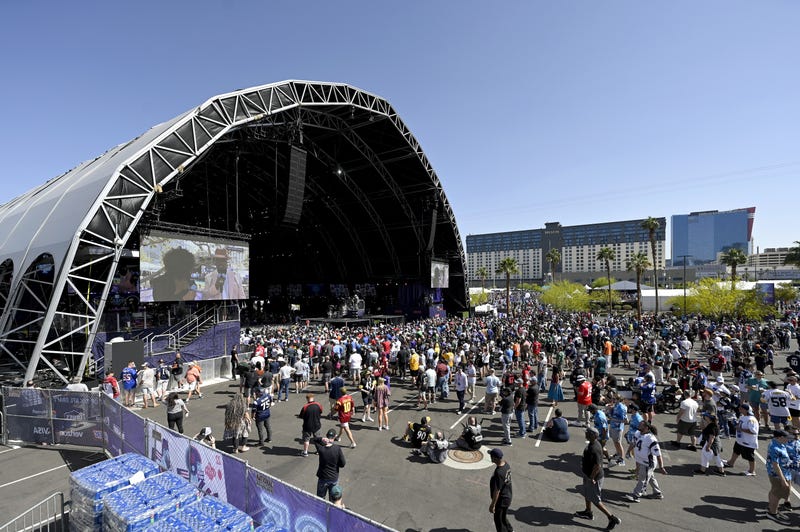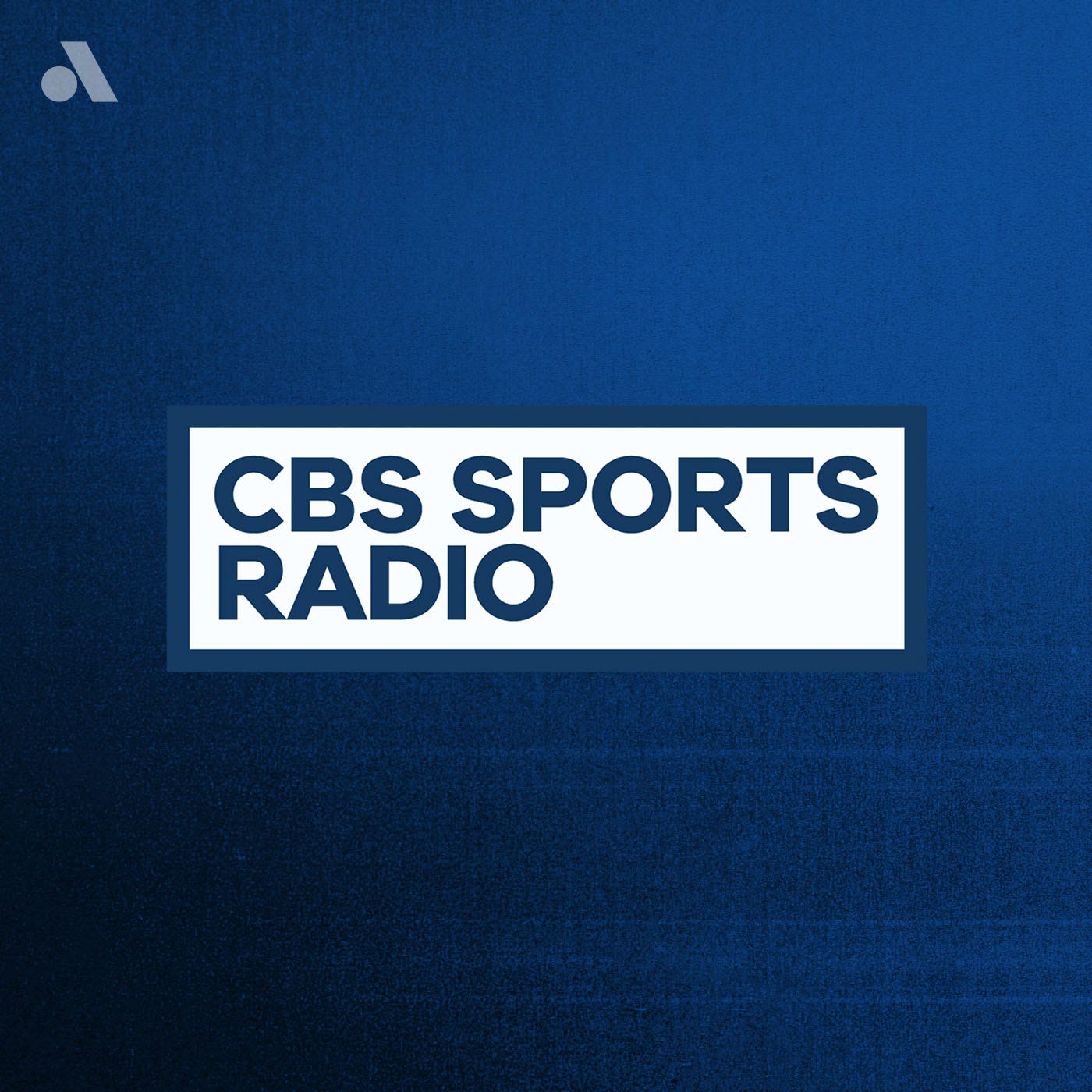
In life, what differentiates can't-miss euphoria from boredom is completely subjective. Some people like comedies, and others prefer horror movies. Some foodies enjoy spiciness and heat, while many others can't tolerate it. So, because of unpredictability, the fall of quarterbacks, and some sporadic rushes on specific positions, this year's NFL Draft in Vegas was objectively the best draft of most people's lifetimes.
A quarterback was selected first overall in the previous four drafts. And even when they aren't selected with the top-overall pick, there's typically a run on signal-callers inside the top-10. After all, in a quarterback-driven league, who can blame teams for reaching a little bit?

Before Pittsburgh leader Kenny Pickett became the first quarterback off the board -- at No. 20 overall to the Steelers -- the last time the first quarterback was selected in the 20s was in 1997, when the 49ers took Jim Druckenmiller, at No. 26. Back in 2000, the New York Jets chose Chad Pennington with the 18th overall pick. Some player with the last name Brady was also drafted that year, so those who've fallen shouldn't sweat it too much.
Truthfully, nobody in this year's yawner of a draft class should've gone before Day 2. The lack of talent at quarterback forced many organizations to call an audible in their approach -- one that could change how teams approach the draft for years to come. Many of the NFL's bottom-feeders addressed other positions of need -- attempting to build the foundation of their rosters -- as opposed to jumping the gun and taking a quarterback. During the first round, the Texans (CB), Panthers (OT), and Seahawks (OT) opted for more blue-chip pieces, instead of trying to select their next franchise guy.
Finding the right quarterback is the single most important decision an NFL franchise makes. Maybe it was prompted by Andrew Luck's early retirement, or Joe Burrow taking a beating, but it appears organizations finally realized that guys need a solid supporting cast in order to succeed. The crucial and formative early stages of a young quarterback's career can make or break their trajectory (see: Sam Darnold), and moving mountains with insufficient resources has always been impossible.
Beyond the dearth of early interest in quarterbacks, there were several other noteworthy trends that could persist. After watching superstars Tyreek Hill and A.J. Brown receive mammoth contracts, the realization that the gap between quarterback and receiver salaries is narrowing by the hour, led to an early run on receivers. Six went in the first round, seven in the second. Only 10 went in the first two rounds last year.
Perhaps that was partially due to the wideout class being more talented, but the rush on inexpensive wide receivers on rookie contracts didn't happen by accident. Big-boy offensive linemen also got the plus-size love from teams that they've long deserved. Both trends were on par with the idea that teams now understand quarterbacks need talented weapons and real protection.
As an emphasis on explosiveness through the air prevailed, running backs weren't in as high demand, either. For the first time since 2014, not a single tailback was selected in the first round. To put things in perspective, the first two quarterbacks off the board that year -- Johnny Manziel and Blake Bortles -- were seen as can't-miss prospects at the time.
The league's lack of interest in tailbacks seems to also be precipitated by the realization that this position group comes a dime a dozen, and better value can be found in the later rounds. Likewise, organizations have been torched by taking halfbacks during the first round (think about Leonard Fournette and Saquon Barkley, for example), making many front offices want to steer clear of the risk factor.
In an offensive-driven league, the defensive players also lucked out. It's long been known that league general managers salivate over fast, shifty, explosive edge-rushers. But run-stuffers and pass defenders in the secondary finally seemed to get the love and attention they deserved. Seven of the top-15 picks -- including the top-five -- were defensive players, as the need to slow down top offenses took over.
Maybe it didn't have quite the same level of anticipation as previous drafts, where a guessing game about which flashy signal-caller would be taken first overall took place up until Roger Goodell announced the first selection. But like a one-yard run on a draw play up the middle on 4th and inches, the 2022 draft still served the purpose of providing entertainment and generating buzz.
Jack Stern is a columnist and an associate producer for CBS Sports Radio. You can follow him on Twitter @J_Stern97.
